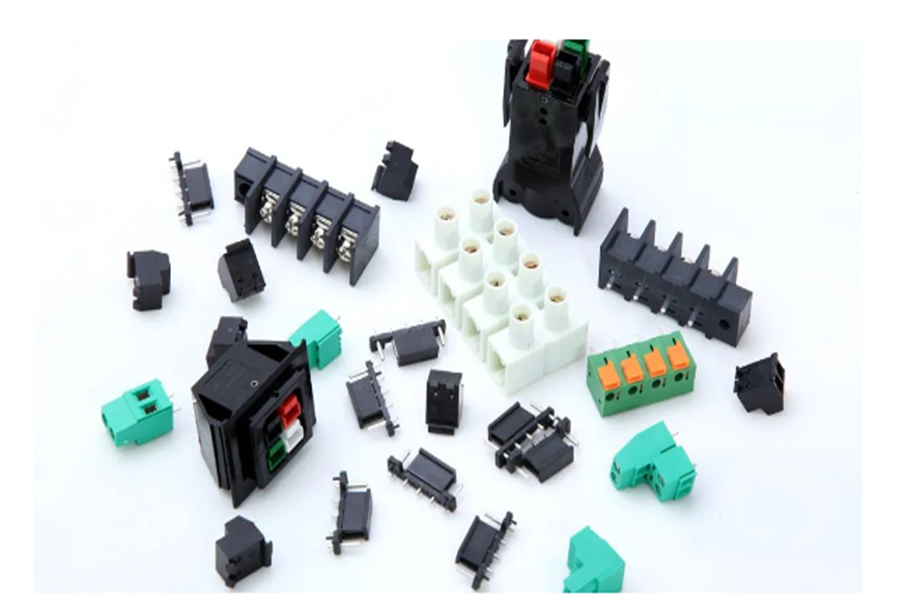
The behind-the-ear hearing aid is an important class of hearing aids, and there are many people who use it.
Some users are earplugs that are used directly, and some users are custom ear molds. This ear model seems to be simple, in fact, there is a lot of attention, it can be said that this hearing aid can play an important role.The ear mold is a special model that is made according to the shape of the external auditory canal of the user and connects the human ear and the hearing aid.The large, medium and small earplugs of the hearing aids may not be able to adapt to each person’s ear canal.When the closure is not strict, the hearing aid volume will be louder and will give a sharp feedback whistling sound, which will affect the hearing aid effect.If you customize a suitable ear mold, you can hear the sound better.
The ear mold has the following main functions:
1.The ear mold is part of the entire hearing aid system. The ear mold can be used to balance the pressure on the external auditory canal, reducing the effect of blocking the ear and making it more comfortable to wear.
2.The ear mold can further compensate and modify the sound amplified by the hearing aid to improve the loudness and clarity of the sound.
3.The ear mold can also play a fixed role in preventing the hearing aid from being damaged due to falling off during daily activities.
Therefore, customizing the appropriate ear mold will make the hearing aid better for hearing aids.
According to the material: there are two kinds of hard ear molds and soft ear molds.Among them, the soft ear mold is comfortable to wear, but the price is high, the aging is fast, and the deformation is easy.The hard ear mold is just the opposite.If you buy a behind-the-ear hearing aid, an experienced fitter will give you the choice.
According to the shape: the ear molds of the ear-back hearing aids are mainly the following:
1, the whole ear cavity (ITE).Generally used for super high power and high power hearing aids.
2, half ear cavity (HSE).Generally used for high power and medium power hearing aids.
3. Ear canal (ITC).Generally used for medium power and low power hearing aids.
4, skeleton type.Generally used for medium power and low power hearing aids.
5, semi-framework.Generally used for medium power and low power hearing aids.
In addition to the fixed function of the ear mold, the ear mold adjusts the sound, the treatment of the hearing aid howling, and the handling of the ear blocking.
JingHao Medicial introduces you how to maintain and replace ear molds:
(1) When attaching and removing the ear mold, try to avoid pulling the plastic sound tube too much to avoid damage, and apply the hand to the hard plastic trumpet ear mold ear hook.
(2) The ear mold should always be cleaned with water to clean the dirt attached to the surface and the sputum in the ear canal. The ventilated place is dry and keep the sound tube unobstructed.
(3) The ear molds often have water droplets condensed by the evaporation of the skin of the ear canal, which is more obvious in winter.It is found that the water droplets should be removed in time, the hearing aid and the ear mold are separated, and the water drops in the sound tube of the ear mold are taken out and placed in a dry box to be dried.
(4) Generally, with the growth of the child, the performance of the ear mold is reduced, and the hearing aid can not be opened to the original appropriate volume position, and a significant whistling sound may occur, or the child may have a slight movement to cause the ear mold and the hearing aid to fall off. The ear mold should be replaced in time (every 6 to 12 months).
Jinhao Medical is committed to improving the quality of people’s lives and providing hearing aids to a wide range of hearing impaired people to help them relive the wonderful world.
As an innovator in the global hearing aid industry, Jinhao Medical has a global advanced technology research and development center.The company’s product range includes traditional to open deep ear canal, ear canal, in-ear, ultra-powered behind-the-ear, invisible hearing aids and box hearing aids to meet the needs of different customers.
Link:How to choose the appropriate ear mold for the behind-the-ear hearing aid?
REF: Hearing aids China, Hearing Aids Supplier , Hearing Aids TypesThe article comes from the Internet. If there is any infringement, please contact service@jhhearingaids.com to delete it.






